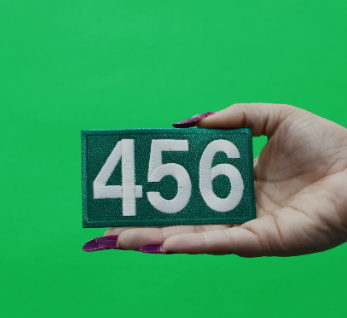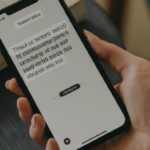If you’ve received a text message from 456, you’re likely wondering about its origin and legitimacy. This three-digit number is an official SMS short code used by T-Mobile for critical account notifications. This article explains what these messages are, why you receive them, and how to recognize potential scams that exploit this legitimate channel.
What is the 456 Short Code?
A short code is a special 3- to 6-digit number used by organizations to send and receive text messages at a high volume. The number 456 is a verified short code used exclusively by T-Mobile in the United States. Its purpose is to send important, non-promotional alerts directly to customers regarding their accounts. Unlike marketing texts, a text message from 456 is almost always triggered by a specific action or change related to your T-Mobile service.
Common Alerts Sent From 456
When you receive a text from this number, it serves as a notification for a sensitive change to your account. It’s crucial to pay close attention to these messages. Legitimate alerts from the text message from 456 short code include:
- Account Security Changes: Notifications for a changed PIN or account password.
- SIM Card Updates: Alerts that a SIM card has been changed or updated.
- Line and Number Modifications: Information about a line being canceled, a number being changed, or the status of a number port.
- Billing and Address Updates: Confirmations for changes to AutoPay settings or the account’s billing address.
- DIGITS Service: Verification codes for managing or pairing lines with T-Mobile’s DIGITS service.
Security Warning: How Scammers Exploit This Number

Because customers trust this official short code, it has become a key tool for scammers in account takeover schemes. Here’s how a common scam works:
- A scammer, often pretending to be a T-Mobile representative, will call you with a fake story about an issue with your account or a special promotion.
- While on the phone, the fraudster will use the official T-Mobile website to initiate a password reset for your account.
- This action triggers a legitimate verification code to be sent to your phone from the text message from 456 short code.
- The scammer will then ask you to read that code back to them, claiming it’s needed to confirm your identity.
- If you provide the code, the scammer can successfully take over your T-Mobile account, potentially leading to identity theft or financial loss.
Remember: T-Mobile will never call you and ask for a verification code that was sent to you. These codes are for your use only. Never share them with anyone who calls you unexpectedly. If you receive a notification about a change you did not authorize, contact T-Mobile support directly by dialing 611 from your handset or using their official customer service number.


